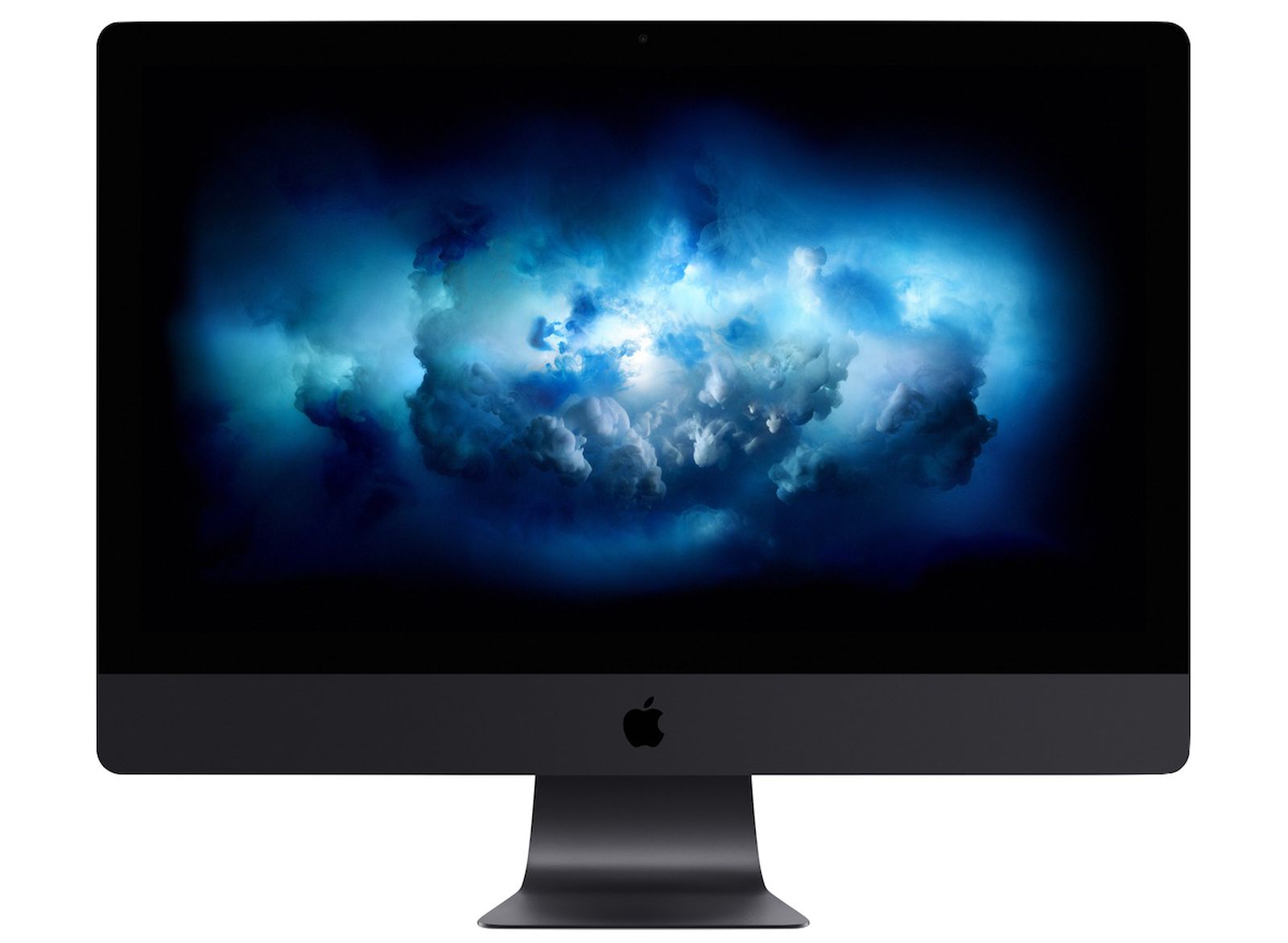But can AMD sell to Apple for less than Intel can?
Really? AMD product generally list for less than Intel's. So Intel has to discount just to get back to AMD's prices. Then Intel would have to cover AMD's volume discounts. And then apply even more discount on top of that to create a significant enough gap.
Can Intel sell 1-2 year old 8th gen processors cheaper than AMD can sell 1-2 14nm stuff. Probably. This really shoud be limited to selling leading edge stuff. ... Not the old as dirst stuff.
For 10nm
"....
Mr. Davis said that
“Look, this just isn't going to be the best node that Intel has ever had. It's going to be less productive than 14 [nanometer], ..."
.... "

www.anandtech.com
Does Intel have some major manufacturing margin advantage here? Err no. Even Intel says so.
And produce the amount of CPUs on schedule for as long as Apple need?
Same 7nm fab that Apple has been getting their volume from before switch a major load this late Spring over to 5nm. The other issue here is that it is desktop . Desktop isn't the bulk of Mac sales. Not even by a long shot. The very high volume systems ( MBA , MBP 13" two port , and MacBook (if they bring that back) ) both AMD and Intel perhaps have problems with. ( no dGPU so I/O gulf isn't as large. Apple might just limit system to 1-2 ports, etc. ).
That Hwawei has been pragmatically banned from TSMC 7nm line .... That now excess wafer starts where sold off to others ( including AMD and Nvidia. ) .
The substantive problem with a variety of custom ARM implementations for the breadth of the Mac desktop line up is that there isn't huge volume here. So "can the make enough" really is misdirection. The more pressing issue is whether there are
other system vendors in the same space to share the R&D costs with and the production volume.
(other desktop / workstation vendors. )
With proper 6-9 month AMD could get the wafer starts line up. They probably can't do "last minute" stuff. But technically neither can Apple using the same fab in a "last minute order/planning" fashion.
The prestige loss for Intel in the event of Apple jumping ship is simply terrifying for them because of the instant marketing halo that AMD would gain. Intel in effect would spend some of their own marketing budget to keep prices down and maintain their relationship with Apple.
Intel is doing more than just under the cover marketing. The list prices are coming down. But there is even more room the higher up the processor product families go. But for iMac range
Lack of fast I/O may be why Apple could stay with Xeon CPUs for sure, it would be interesting to see if future iPad Pros come with more than one USB-C port and what they do with that.
It isn't just Mac Pro and iMac Pro level I/O. The iMac 27 typicalluy use discrete GPUs. Apple's demonstrated no competence there at all for even iMac 27" level loads of ~24-27 PCI-e lanes. 4-5 ports. etc.
The AMD ecosystem is missing experienced Thunderbolt support. There isn't a proven USB4/TB3 solution to jump to outside of Intel. Apple is pretty deeply hooked on QuickSync implementation support too. But the rest wouldn't be much of a problem.
About the Quicksync, Xeon Macs don't have that because of lack of iGPU and my understanding is that
T2 takes up the slack amongst other security based jobs. The two notable jobs that iGPU does -
Airplay encoding and exporting quick h264 or h265 files - is taken up by the T2. In effect, it's proving that Apple doesn't need the iGPU where a T2 CPU exists (this excludes situations where a full on discrete GPU was in available).
I think you got lost in the context of my reference of support. I mean that in the context of getting vendor support in provisioning/implementing it. Apple doesn't do the low level graphics drivers. The GPU vendor does. Intel is basically the biggest Mac GPU vendor. There are substantive number of apps that leverage Quicksync and that low level work that Intel puts in that Apple sprinkles their APIs around is important work. Relatively to the other GPU vendor(s) on Mac Intel has that working pretty well.
Yes Apple is trying to absorb more of this narrow subset into their own sphere. Especially where they can short-circuit this off on the drive where the source material is either originally store or being exported to. But that doesn't getting around the base issue of geting work down by the 3rd party GPU vendor to get stuff provisioned. The notion that Apple has a GPU that is dekstop class is even more arm flapping than they have a desktop CPU package ready.
While I wouldn't put it past Apple to go all ARM there remains a logical argument where they might maintain Xeon based lines for 'professional use' where a range of I/O is vital. A refresh of the iMac Pro would be a sign that they are taking that line seriously. A soft storage bump of the iMac isn't a good sign but what if future iPad Pros came with 2 USB-C ports?
How is 2 port iPad Pro in the same ball park as a 6+ port iMac or Mini. ( 2-4 USB A sockets , 2-4 Thunderbolt/USB4 sockets )? A 2 port iPad Pro means that Apple might prune off the lowest "half" of the laptop line. Maybe come out with a "chromebox" like Mini that got them back into the affordable class relative to mainstream pricing ( back into the $300-700 NUC range ).




